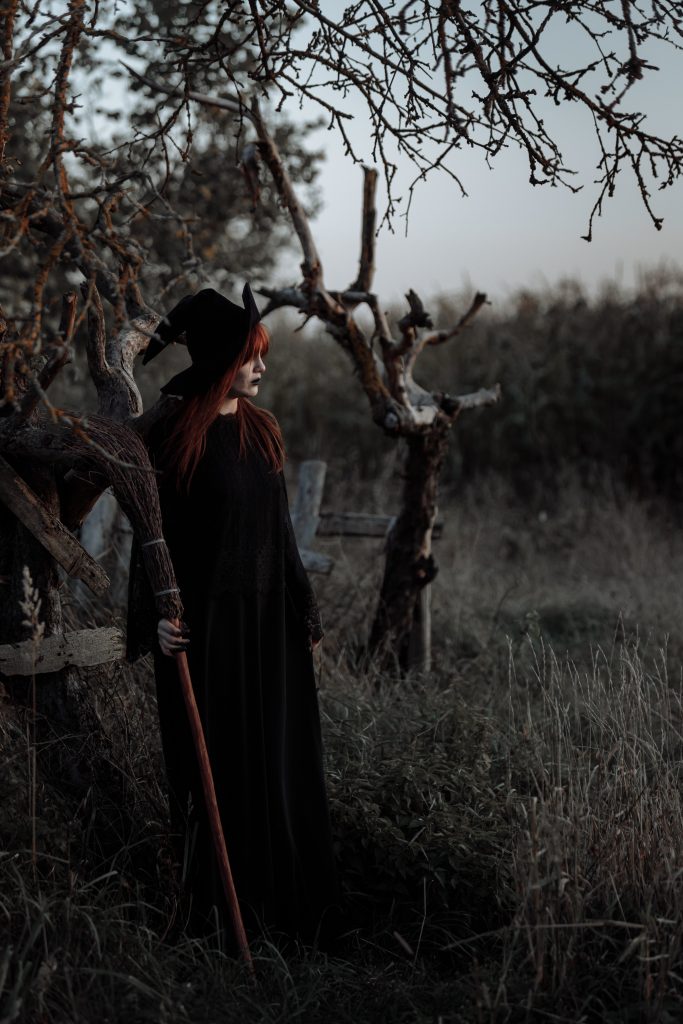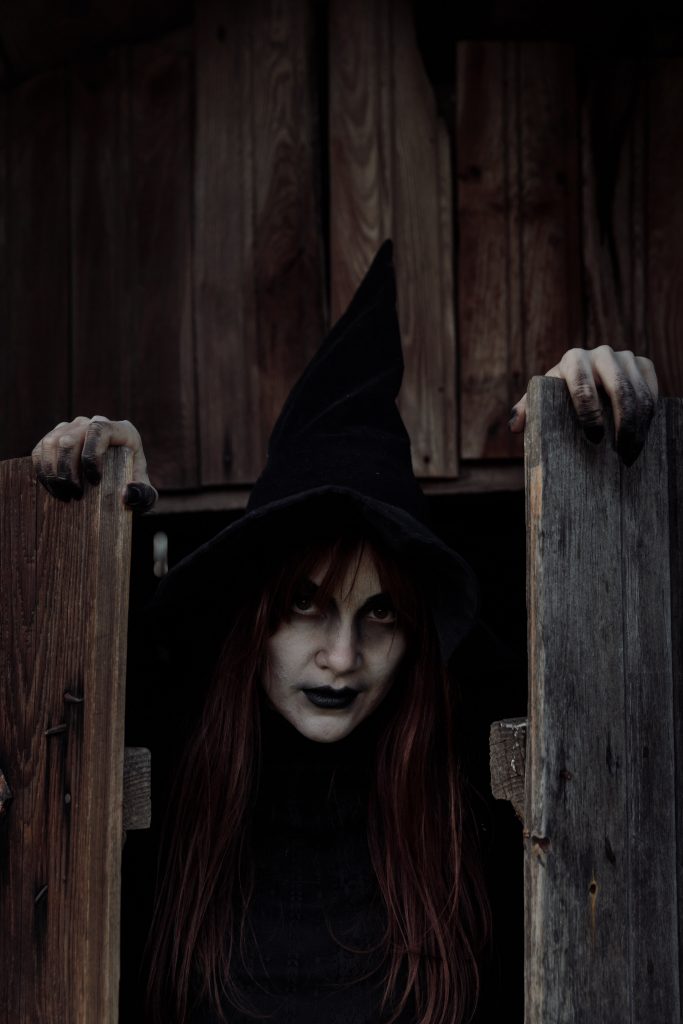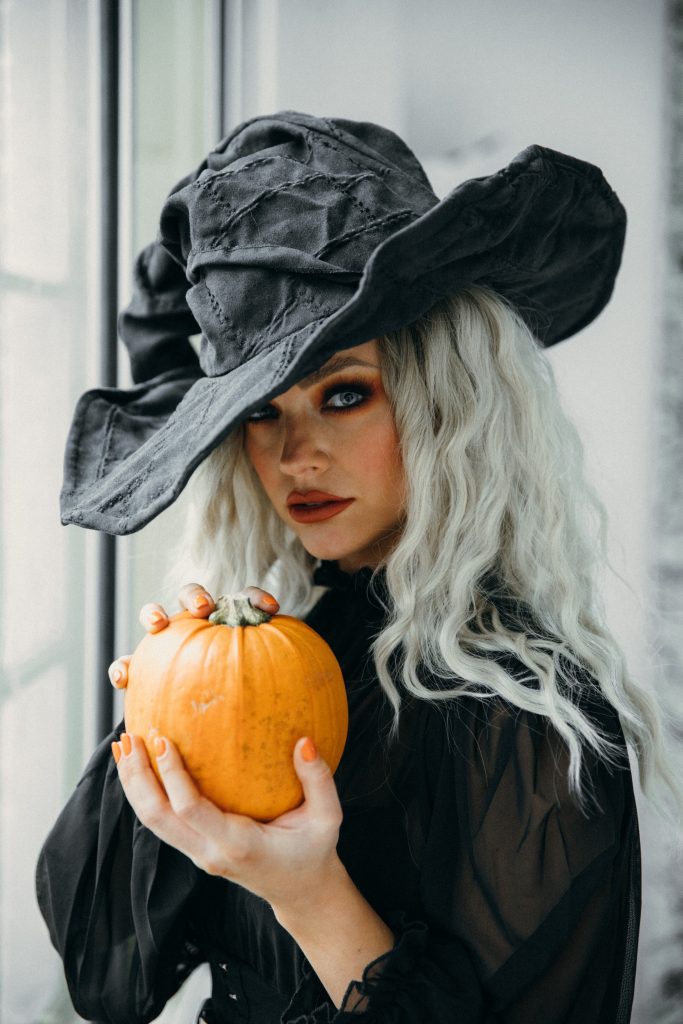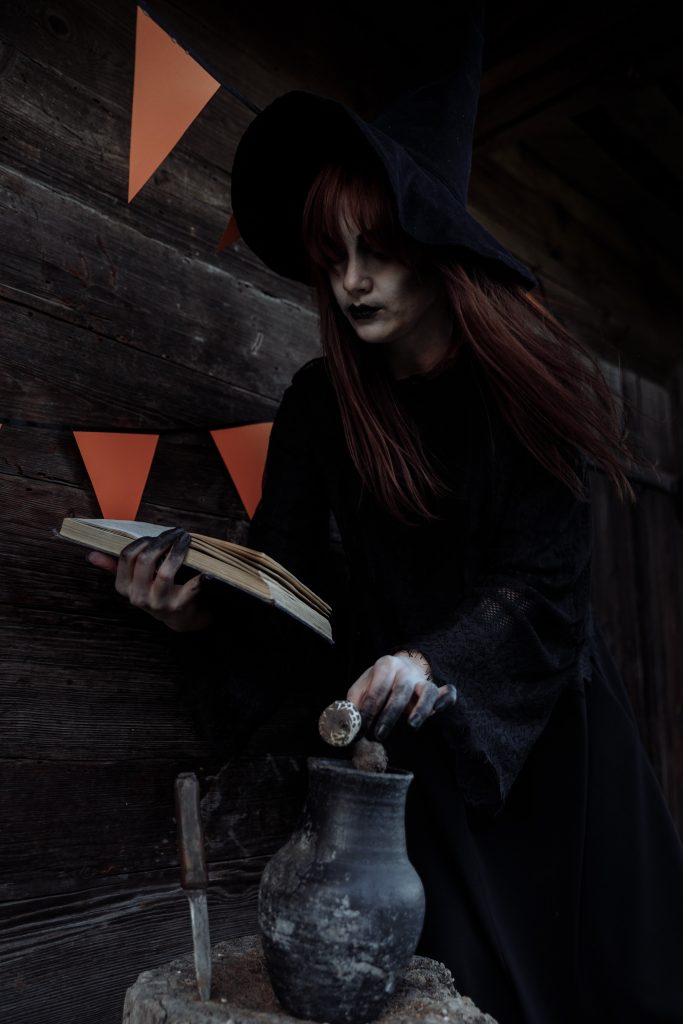For centuries, religious texts, folklore and popular culture has spoken of witches. In fact, back in 1692, they were all anyone could talk about. Witches and the treatment of witches have come along way in this time, going from being hanged to being understood and accepted by the general public.
We’ve brought together some of our favorite facts about witches and witchcraft for your enjoyment. Take a peek and let us know your favorite fact from this list in the comments section on social media.
-One of the earliest mentions of a witch occurs in the Bible in book of 1 Samuel, with the Witch of Endor summoning the spirit of the prophet Samuel.
-Condemnation of witches and witchcraft dates back to the Old Testament, with Exodus 22:18 stating “thou shalt not suffer a witch to live.”
-The word witch likely comes from the Old English word Wicce, which meant female sorceress.
-Historically, persecution of witchcraft has primarily targeted women, but those men who were accused have been called names such as wizard, a warlock, or a sorcerer.
-Witch hysteria began in Europe during the 1400s and between 1500 and 1600, approximately 80,000 accused witches were put to death in Europe.

-During the European witch hysteria, Germany conducted the most executions while Ireland conducted the least.
-In 1486, the “Malleus Maleficarum” was published in Germany, which was a guide identifying witches.
-For over a hundred years, “Malleus Maleficarum” was the most published book in Europe, after the Bible.
-In 1647, Conneticut’s Alse Young was the first person in America to be hanged for witchcraft.
-In 1655, Virginia passed a law that made it illegal to falsely accuse someone of witchcraft.

-It’s believed that the spasms and fits experienced by the young girls who kicked off the Salem Witch Trials in 1692 were caused by a poisonous fungus.
-Accused witch Bridget Bishop was the first to be hanged in Salem on June 10th, 1692.
-18 accused witches were hanged during the Salem Witch Trials, 12 were women and six were men.
-Not a single accused witch was burned at the stake during the Salem Witch trials, instead they were hanged.
-The youngest person to be accused of witchcraft during the Salem Witch Trials was 4-years-old.

-One of the ways people tested if someone was a witch was through a witch cake—a cake made with an accused witch’s urine that was fed to a dog. If the dog exhibited the same symptoms as the accused, that meant they were a witch.
-A ducking stool was a common tool used to torture those accused of witchcraft. This was a chair attached to a beam that would be repeatedly suspended into a body of water, often resulting in drowning.
-Another torture tool was a scold’s brindle, a muzzle-like contraption that contained spikes that would pierce the wearer’s tongue if they tried to speak.
-Many accused witches were strip searched to see if they have the devil’s mark, a permanent mark given to them by the devil to show their obedience to him.
-In order to tell if a mark was a devil’s mark, people would prick the accused witch’s mark with small needles. If they didn’t bleed or show signs of pain, they were “confirmed” as witches.

-The image of a witch on a broom was used to represent wild female sexuality.
-“Häxan’ was one of the first movies about witchcraft ever made. This silent horror movie premiered in 1922 and was directed by Benjamin Christensen.
-One of the most famous depictions of witches occurred in the 1939 film “The Wizard of Oz,” with Billie Burke portraying Glinda the Good Witch and Margaret Hamilton portraying the Wicked Witch of the West.
-Actor Leonardo DiCaprio was offered the role of Max in 1993’s “Hocus Pocus.”
-According to a 2018 study conducted by Newsweek, there are approximately 1.5 million practicing witches in the United States alone.



